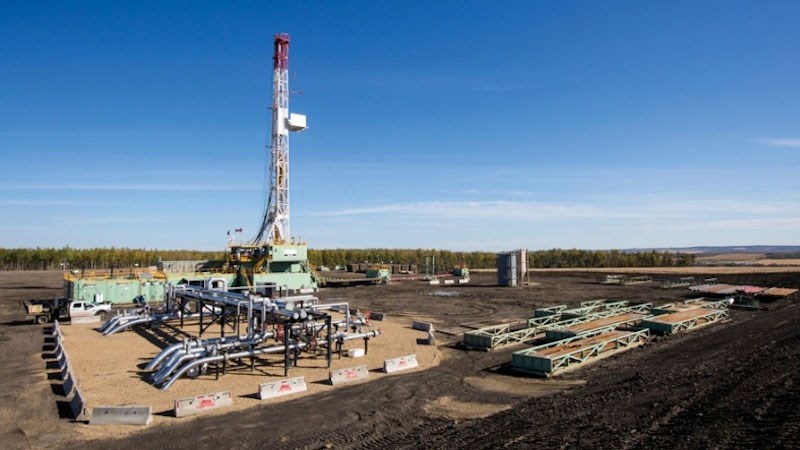Alberta’s plan to totally phase out coal power production within 14 years, combined with federal approval of new northeast natural gas pipelines are among the reasons B.C.’s Montney region is banking on significant growth this year.
“In 2017, all major companies are looking at accelerating budgets to be in the excess of $4 billion,” said Colin Griffith, executive director of the Northeast BC Resource Municipalities Coalition. “Major companies that have projects that will be finishing up in 2017 are big players like Seven Generations.”
Seven Generations Energy Ltd., a Grande Prairie-based energy company, plans to increase its Montney-area operations by approximately 50 per cent spending up to $1.6 billion in 2017 compared with between $1.05 billion and $1.1 billion in 2016. The increase will be invested in the operation of nine rigs drilling about 100 wells in the Montney area.
Tourmaline Oil Corp., another key player in the area, is looking to expand on developmental properties recently acquired from Shell Canada with a spending average of $1.35 billion in capital in 2017. The company is upping its rig program to 17 from 12 and plans to drill 300 wells and complete a number of plant expansions.
The Gitxsan First Nation and TransCanada Corp. have signed an agreement on the Prince Rupert Gas Transmission line that has added to the area’s much-needed pipeline development. The recently approved $5 billion pipeline would supply Petronas’ proposed Pacific Northwest (PNW) liquefied natural gas export facility on Prince Rupert’s Lelu Island.
The International Energy Agency’s World Energy 2016 report forecasts that the annual growth in global natural gas demand to 2040 will be skinny 1.5 per cent, however.
“There has been a flood of gas and a downturn in the market for the prices being way down low, so the demand for liquefied natural gas around the world has slowed considerably,” said Dawson Creek Mayor Dale Bumstead.
In the last year, three processing facilities have been announced in the Montney area, collectively worth about $2.3 billion. Encana Corp., Spectra Energy Corp. and Crew Energy Inc. are all building processing plants to handle production of the Montney’s natural gas liquids (propane, butane, ethane), but the promise of liquefied natural gas (LNG) demand has slumped.
“In terms of where is Canada’s future growth in gas production, the Montney is a huge part of it,” said geoscientist David Hughes. “The price of gas in North America will likely go up, so selling gas to North American markets will be more attractive and LNG less attractive.”
But there is wild card in play: the planned total phase out of coal production in Alberta. Currently half the power generated in Alberta comes form coal.
By 2030, the Alberta NDP plan is to have two-thirds of Alberta’s coal generation capacity replaced by renewable energy, with one-third replaced by natural gas.
Help needed
An increase in LNG drilling in the northeast would be welcomed. Both the unemployment rate and the residential vacancy rate have hit double-digits and the highest levels in the province.
Apartment vacancy rates in Dawson Creek and Fort St. John are sitting at 19.1 per cent, which has been attributed to oversupply and low oil prices.
Meanwhile Northeast B.C.’s unemployment rate soared to 10.1 per cent in November, according to Statistics Canada.
The rate is the highest of B.C.’s 11 development regions, followed by the Kootenays, which saw an 8.9 per cent unemployment rate.
One year ago, Northeast B.C.’s unemployment rate was 7.6 per cent.
Unemployment has risen steadily in the northeast since late 2014, when the region entered a prolonged downturn brought on by a drop in oil and gas prices.
While commodity prices are improving and work on pipelines and gas plants appears to be ramping up, the region is still below the drilling activity levels seen in 2014, Dawson Creek and District Chamber of Commerce director Kathleen Connolly said.
Mayor Bumstead noted that the Montney region has developed so fast that building core infrastructure like water, sewer and roads will also be a key concern moving into 2017.



